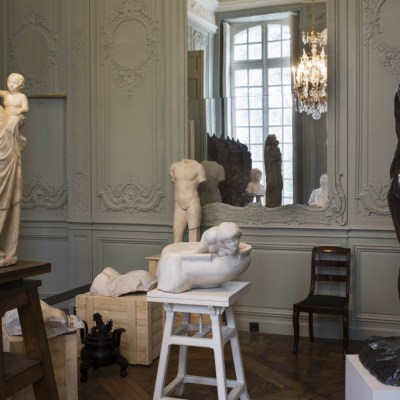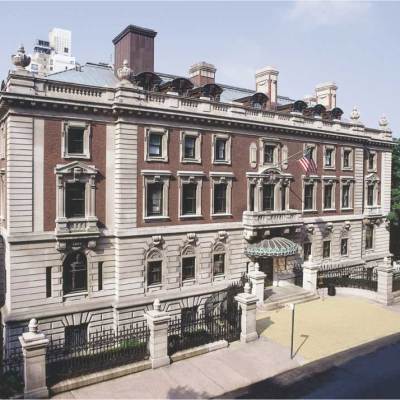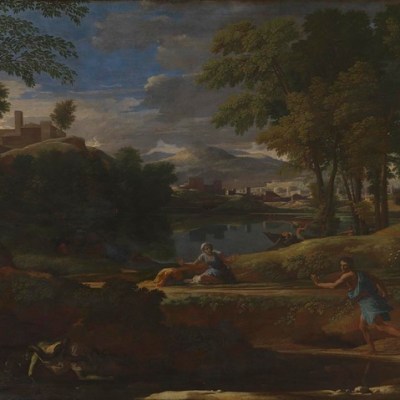When the Brazilian architect Lina Bo Bardi designed the Museu de Arte de São Paulo (MASP), which opened in 1968, she did not just make the building float over the city’s bustling Paulista Avenue – she made the collection float too. Artworks were suspended on ‘glass easels’, held upright by blocks of concrete. But now, two decades after those easels were removed, and the museum’s largest space divided up and repurposed for temporary exhibitions, the original display of the permanent collection has been restored.
This is not a strict recreation: the clear panels supported by concrete have been newly built, to avoid the conservation issues that were partly responsible for their being retired. The hang – if such a word can be used in this context – is also refreshed; where Bardi grouped works according to schools, they are now presented in a strict chronological arrangement. However, the political dimension, didactic principle, and visual impact of the display remain much the same.
Bo Bardi wanted to create an open and transparent space, where the works would be displayed without hierarchies, and viewers would not have to follow predetermined routes. The current selection from the museum’s collection is relatively cohesive, dominated by European figurative painting from the 14th to 20th centuries, with some Brazilian works, and amassed by the media mogul Assis Chateaubriand from the late 1940s to the late 1960s (using funds largely accumulated through blackmail). Yet there is no map to this forest of images. Information about the artworks is provided on the reverse of the panels, so that from one end the space is nothing but images, and from the other nothing but text.
The collage effect encourages visual connections, breaking down temporal and spatial distance between artworks. This happens on a small scale: the balance of black clothes and red drapery in the imposing portraits of Cardinal Cristoforo Madruzzo (1552), by Titian, and of the Count-Duke of Olivares (1624) by Velázquez. It also happens on a larger scale, bringing Brazilian and European works into dialogue: the pairing of Victor Meirelles’ Moema (1866) with Jean-Auguste-Dominique Ingres’ Angelica in Chains (1859), and that of Anna Malfatti’s The Student (1915–16) with Pablo Picasso’s Bust of a Man (1909) invite formal connections that warrant art-historical reflection.
The display also emphasises the three-dimensionality of the paintings, that their frames (even when anachronistic) are an insistent part of their materiality. The chance to see the reverse of many of the artworks is great educational opportunity. Of course not all the works are suited to the installation – the glass easels have four standard sizes, which means that in the throng some works, such as Honoré Daumier’s small panel Two Heads (1958–62), are a little lost. The display also shows only a tiny fraction of the museum’s collection, just over 100 of MASP’s 8,000 pieces.
Bo Bardi’s design set a precedent for the type of open and connective collection displays that would later be installed at the Sainsbury Centre for Visual Arts in Norwich (opened 1978) and Louvre-Lens (opened 2012). Her compelling visual statement still encourages us to see the artworks, and the slice of art history that they represent, afresh.
‘Picture Gallery in Transformation’ is a ‘semi-permanent collection display’ at the Museu de Arte de São Paulo. For more information, click here.





